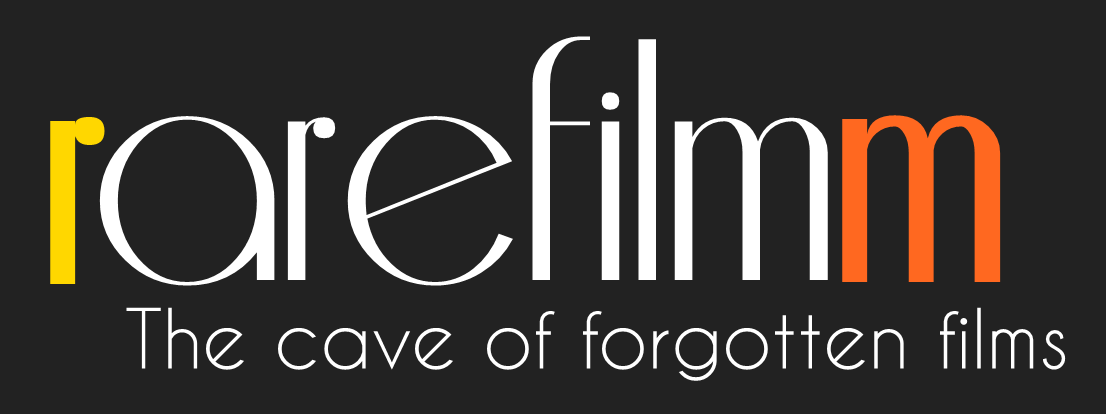Luciano Persichetti is hypersensitive and convinced that he has paranormal powers. Susanna, a parapsychology student with whom he is in love, tries to help him interpret the paranormal warning messages he is receiving. When Luciano turns out to be haunted by a mysterious killer who calls himself “The Guardian Angel”, Susanna discovers that Luciano’s paranormal powers are not real at all.
rarefilmm | The Cave of Forgotten Films Posts
Elmo Bunn is an L.A. pizza delivery man with a reputation for never having delivered a cold pizza or being stiffed on a bill. When a call comes into his shop for an extra-large with sausage and anchovies to go to a dangerous part of East Hollywood, Elmo knows he’s in for trouble.
Valentine Demy stars in this erotic tale of a young girl who sets off from the suburbs of New York City to seek fame as a dancer on Broadway. She finds that her exuberant body brings her into contact with many different facets of the Broadway nightlife, with sex as the dominant factor.
The daily life in the primary school of Taillères, in the La Brévine valley, is filmed over the course of an entire school year, from 1959 to 1960. Henry Brandt’s film, which won the Vela d’argento in Locarno in 1961, is a unique testimony to pedagogical processes, with a tender observation of the relationship between the young protagonists, their place of birth and the adult world.
A slowly disintegrating painting, a bird on the painting that later flies away. An ethereal female figure that pops up from time to time, then as a counterpoint a disgusting insect, an undulating multitude of pebbles and a plethora of letters fill the picture. In other words, the combined spectacle of visual motifs and sound effects creates a unique and memorable vision of the passing of time and the continuous change of time.
——UPGRADED——
A railway controller and his sweetheart live in peace next to the railway tracks. Out of nowhere, an umbrella flies into their life. They try to catch it, and finally do manage to grasp it for a short moment, but it slips away and then disappears.
Griffin Byrne is a newly assigned teacher to a Catholic high school in an inner-city near slum neighbourhood of New York, which is run down by headmaster Father Frank Larkin. There, he meets and tries to help Lee Cortez, a smart boy from a poor and troubled family. Lee has a good heart and artistic skills, but is constantly dragged down by his social environment and about to leave the school. Byrne’s struggle to help Lee reflects the struggles and difficulties which the school is being subjected to every day.
A Step Out of Line stars Peter Falk, Vic Morrow, and Peter Lawford, a fairly lustrous lineup for a humble TV movie. The trio of leading men portray average Joes, all Korean war buddies, plagued by a string of bad luck. With creditors hounded them at their very fireside (so to speak), Falk, Morrow and Lawford decide for the first–and last–time in their lives to resort to dishonesty. Pooling their military skills, the boys plot and plan to knock over a bank safe.
